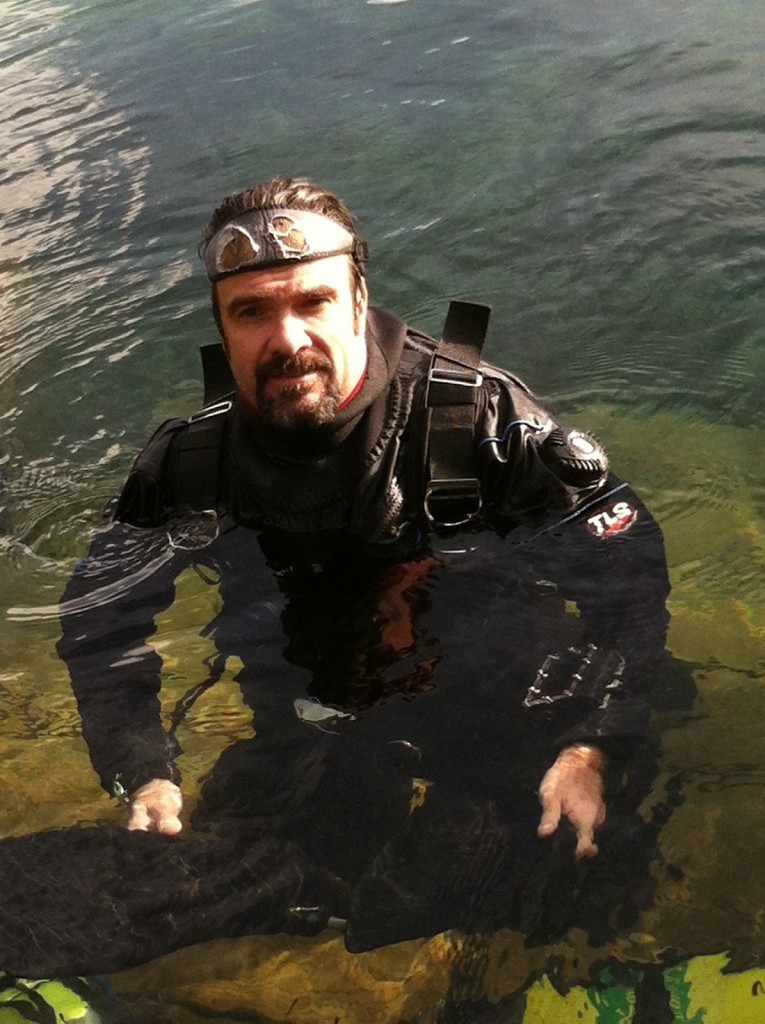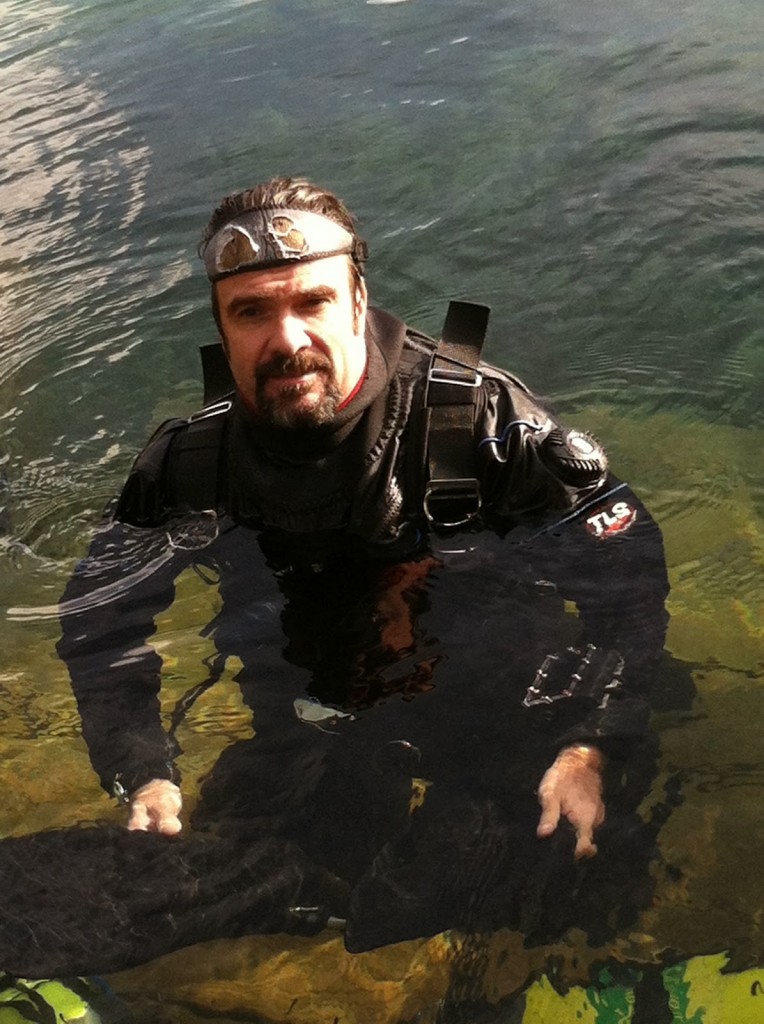Mastering buoyancy in cave diving is like having a cup of iced tea in a hot summer day, it is so sweet!
Whether we are a cavern or experienced cave diver buoyancy and swimming techniques have to be mastered. Controlled buoyancy is critical to avoid silting out passages which results in the inability for the diver to freely navigate back out of the cave due to being blinded by percolates along the exit tunnel. Remember that we are not in our environment when cave diving and we should pay attention to minimize the negative impact we could have on our surroundings, on our buddies, others teams and; the cave will appreciate it!
Mastering buoyancy will help us also to:
- Reduce gas consumption,
- Reduce the risk of over exhaustion,
- Reduce the risk of loss of visibility,
- Reduce the risks of decompression sickness,
- Reduce the risk of aeroembolism,
- Reduce the risk of O2 toxicity.
Personal evaluation phase:
When you see a cave diver in the ocean you notice a perfect trim and buoyancy, easy to recognize.
In a cave system things can change dramatically because of human errors. All of us can make mistakes often when our buoyancy is not what it should be. Every time we are diving in a cave we need 100% awareness and focus on our buoyancy while keeping the dive and our buddy in mind. For instance, during the dive we may be thinking about something else such as tasks on the dive, our equipment or a physical un-comfort, or be preoccupied by something we have in mind and lose our cave and buoyancy awareness. We know we make a mistake when it’s already done. The ideal would be to see, anticipate, the mistake before it happens. I mean to be aware of any changes in our breathing, posture or swimming pattern and depth changes.
One of the best ways I have found to evaluate my buoyancy is simply by practicing in an open water area such as a spring, quarries or in the ocean. My technique is comprised of the following steps:
- Lay down a line at the bottom,
- Swim on top of that line the body centered in the middle on the line,
- Swim using 90 degrees turn, then 120 and 180 turn without any changes in posture.
- Practice for 30 minutes or more and see if the technique remains persistent and constant.
Once you are comfortable with that technique go practice on your cave dive with one mission in mind: to keep a perfect trim at all times, to choose the correct tie off and line placement, to jump without moving any silt after your passage.
Each time you notice something is wrong whether it be with you or your buddy just call that dive, surface and discuss about the mistakes that were made and find solutions on how to improve the technique in order to avoid the mistake next time.








